
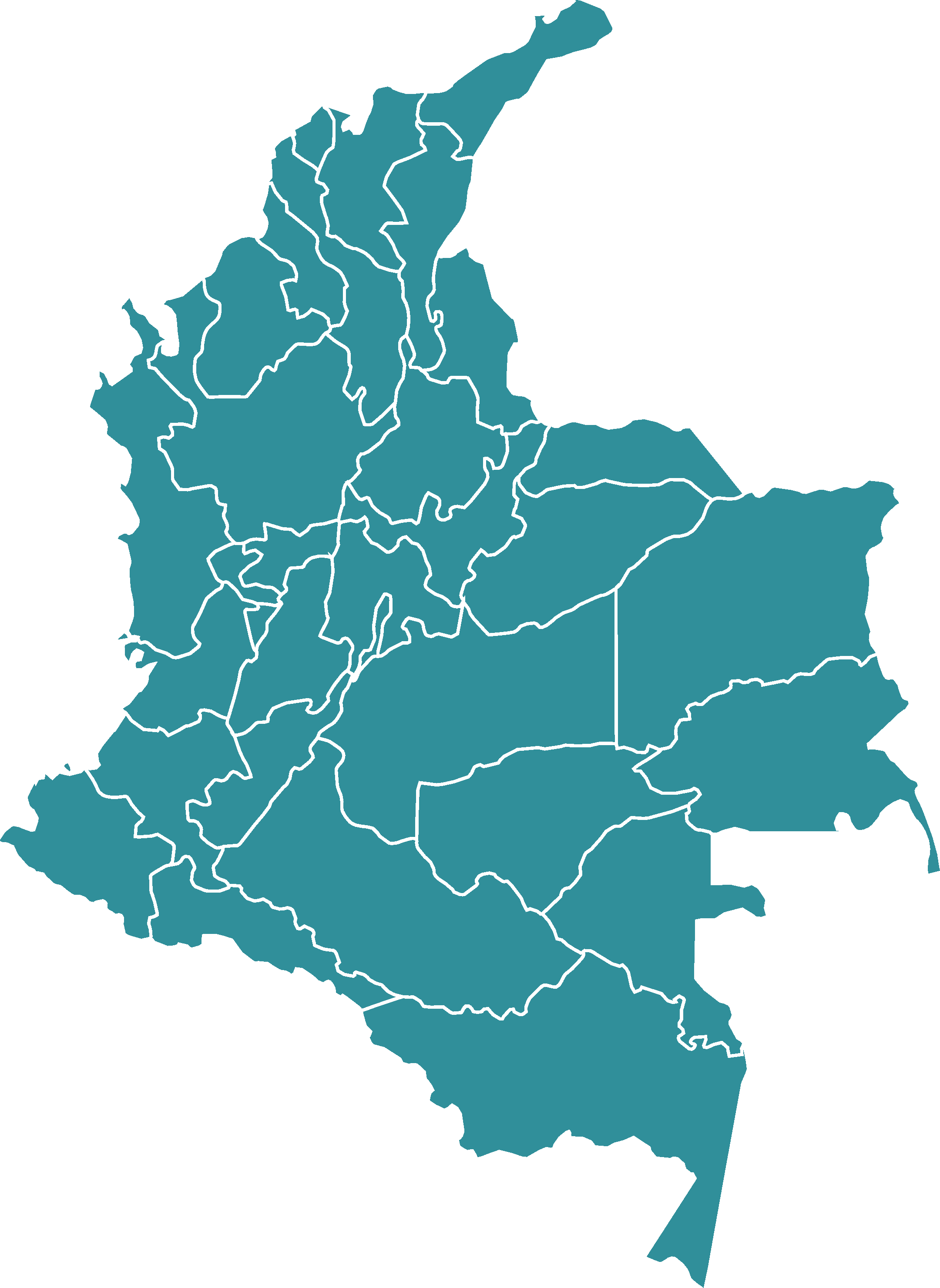
Explore Colombia!
Huila
Nariño
Tolima
Cauca
Quindío, Risaralda, Caldas
Cundinamarca
Boyacá
Santander
Antioquia
Norte de Santander
Sierra Nevada
Colombia
is not only
washed
and smooth
coffee
Explore
the terroirs
Navigate through different origins by clicking on the names in the map

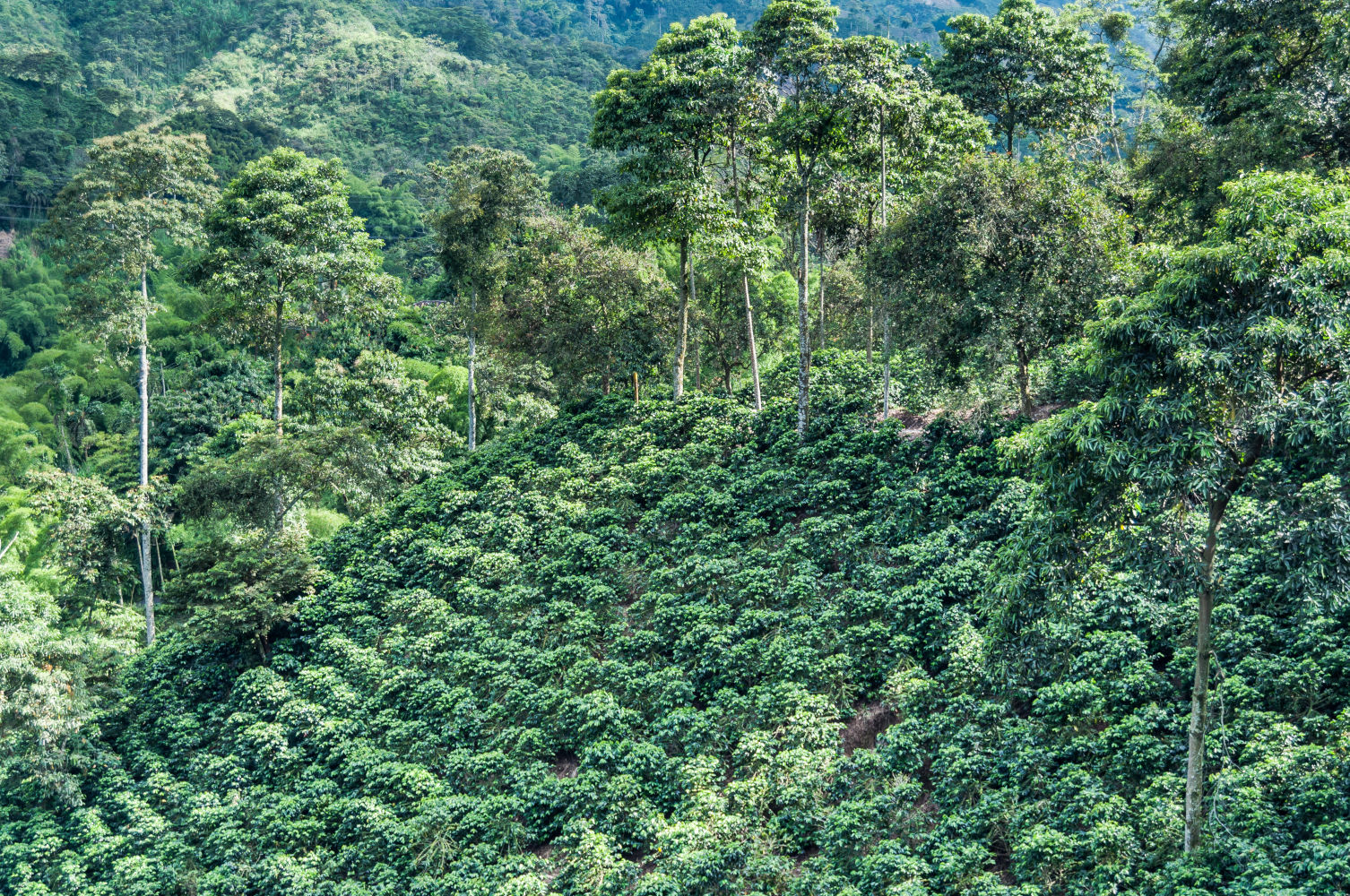
Tolima
110 169 hectares of coffee
61 506 producers. Average 1.56 ha producer
1600-2100 masl
Body: medium/high
Acidity: medium/high
Intense aroma
Average: 20.8 ºC / 69.4 ºF
Caturra, Typica, Castillo
Catimore, Tabi, Colombia
The Tolima department is the third in terms of coffee production in Colombia. Located in the eastern side of the Cordillera Central, Tolima is characterized by peaks of 5'000 masl and a very high excursion range, with temperatures from below zero in the mountains and up to 40ºC in the valleys.
The coffee from Tolima is characterized by a clean cup with a medium-high body, medium-high acidity, smooth, sweet, balanced and diverse fruity and citric notes reminiscent of red berries, jasmine and maple syrup.
Back to MapBrowse Producers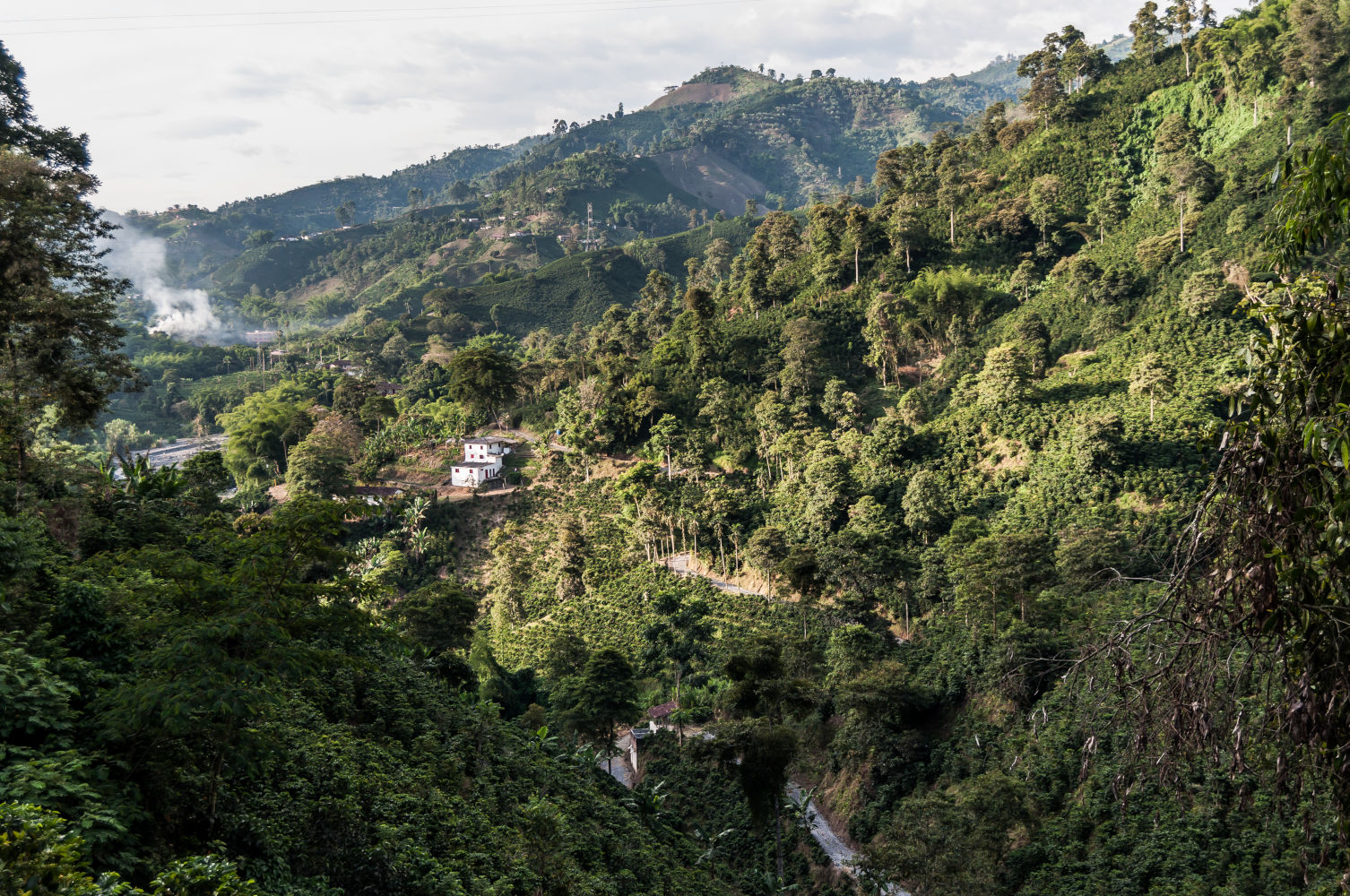
Huila
154'800 hectares of coffee
82'000 producers. Average 1.5 ha producer
1200-1800 masl
Body: round and full
Acidity: medium/high
Well balanced
17 ºC (62.5F) to 23 ºC (73.5F)
Around 50% of shade-grown coffee
Huila is the department with the highest coffee production in Colombia, responsible for the 16% of the country production. Enclosed within the Cordilleras Central and Oriental, Huila is kissed by Magdalena river, which gives this region very diverse climates. Huila is also defined by its volcanic soil very high in nitrogen content, which contributes to the unique and complex notes characteristic of this region.
Huila's coffees are known for splendid sweet flavours and bright acidity. Often characterized by round body, complex, expressive and intense fragrance, fruity notes of raspberry and pineapple, Huila's coffee can be very diverse due the complexity of soils and diversity of climates.
Back to MapBrowse ProducersRead more about the different regions and areas of Huila
Regions of Huila
North Huila: intense aroma and pronounced fragrance. Sweet and notes of chocolate. Medium to high acidity and medium to high body. Western part: citric and flowery with panela taste and a silky and balanced body.
Center Huila: fragrance of flowers, caramel aroma, taste of fruits and caramel, round and balanced body
South Huila: chocolaty fragrances, flowery aromas, sweet notes reminiscent of panela, honey and persistent aftertaste. Medium acidity and round and balanced body.
Back to HuilaBrowse Producers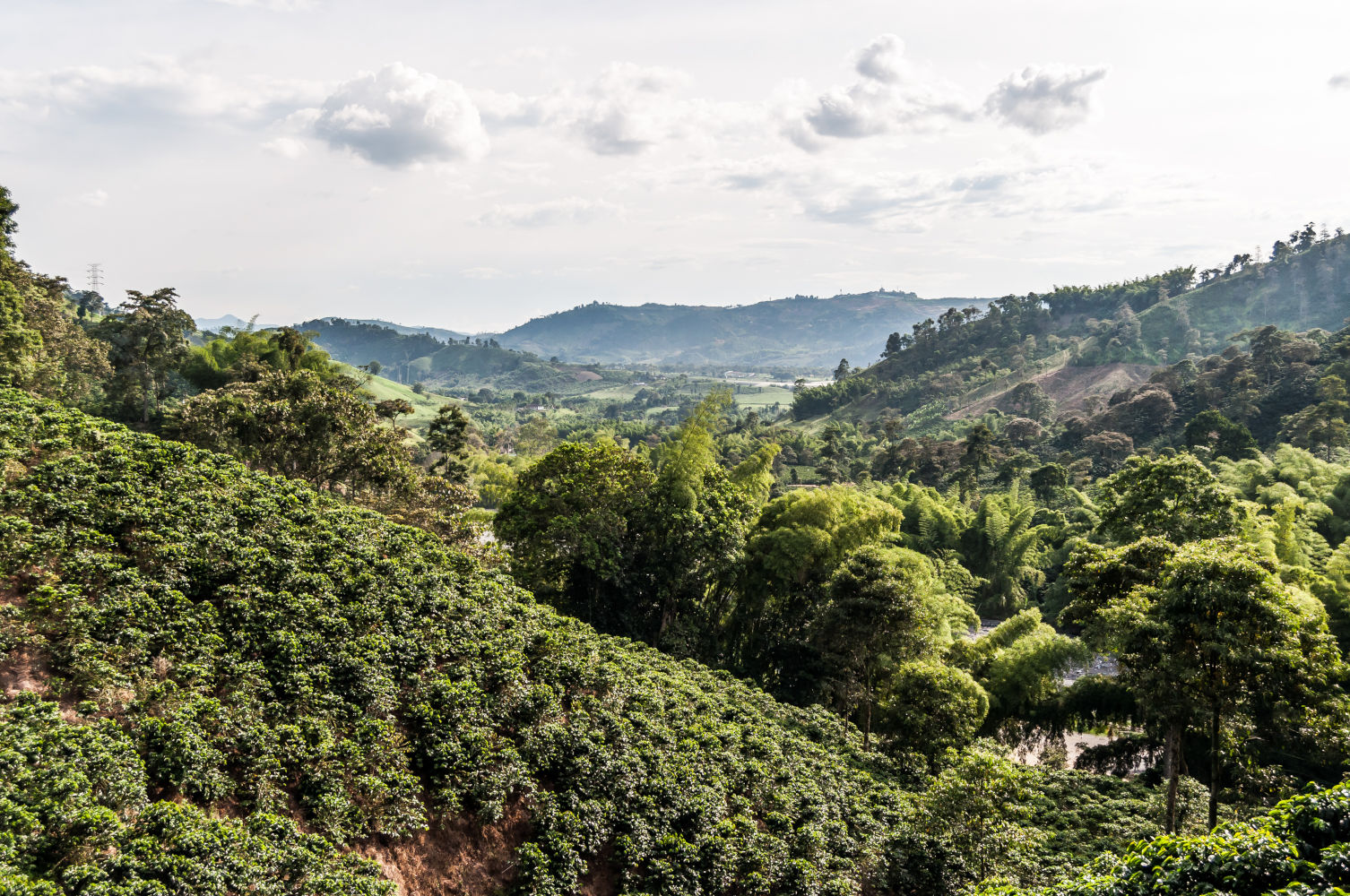
Santander
50'500 hectares of coffee
32'120 producers. Average 1.6 ha producer
1200-1700 masl
Sweet, herbal, fruity and subtle citrus healing flavours. Fragrances: herbal, floral, and some chocolaty and hollow notes, delicate tobacco sensations.
95% shade-grown, 80% bird-friendly plantations
The growers from Santander are pioneers in growing coffee under shadow, being among the first in the world to advocate for this approach in coffee growing. This method permits to reduce the amount of pesticides used and it is not uncommon to find producers that are certified organic and bird-friendly. Agroforestry, bio-diversity and polyculture are common words in this department, making Santander coffee not only great but also very green and eco-friendly.
The practice of growing various trees in coffee fields fosters biodiversity and attracts birds and insects beneficial for the ecosystem which help fighting plagues and diseases ecologically. Additionally, agroforestry combats soil erosion and protects the coffee from excessive drought and rain. Santander's unique characteristics are further enhanced and glorified in the excellent microlots of this department.
Back to MapBrowse Producers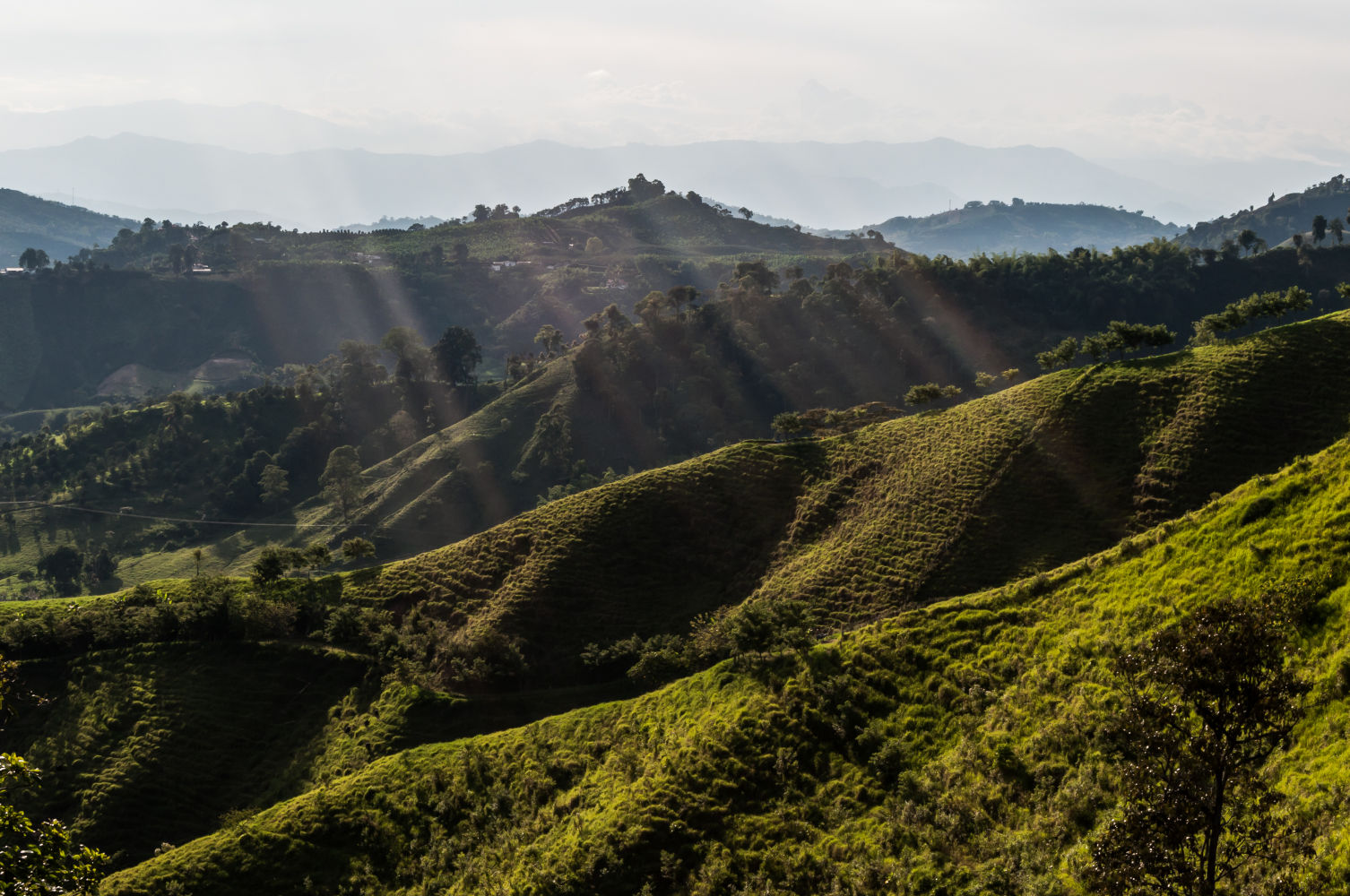
Cauca
95'600 hectares of coffee
94'000 producers. Average 1 ha producer
1300-2100 masl
Chocolate, caramel, sugar cane; Persistent aftertaste; Body: round and full;
Acidity: medium to high
Average 17.8 ºC (64.1F) with important daily swings
Caturra, Castillo, Colombia, Typica
The mountainous and heterogeneous character of Cauca causes the coffee produced in the different places and times of the year TO have differential characteristics. This department contains a very diverse region where it is common to find micro-lots and nano-lots with very particular processing and profile features. Cauca has stood out in various contests in recent years because of its micro-lots of excellent quality, with scores greater than 90.
Low temperatures slow down the maturation of cherries, hence they accumulate more sugars and compounds that enhance their acidity and sweet and fruity notes.
The interaction of sugar with sulfur from volcanic soils influence the aroma of Cauca coffee, characterized by a strong aroma, with notes of chocolate, caramel, apple and honey. Bright and high acidity in the cup, medium body with a balanced, smooth and clean overall impression.
Back to MapBrowse ProducersRead more about the different regions and areas of Cauca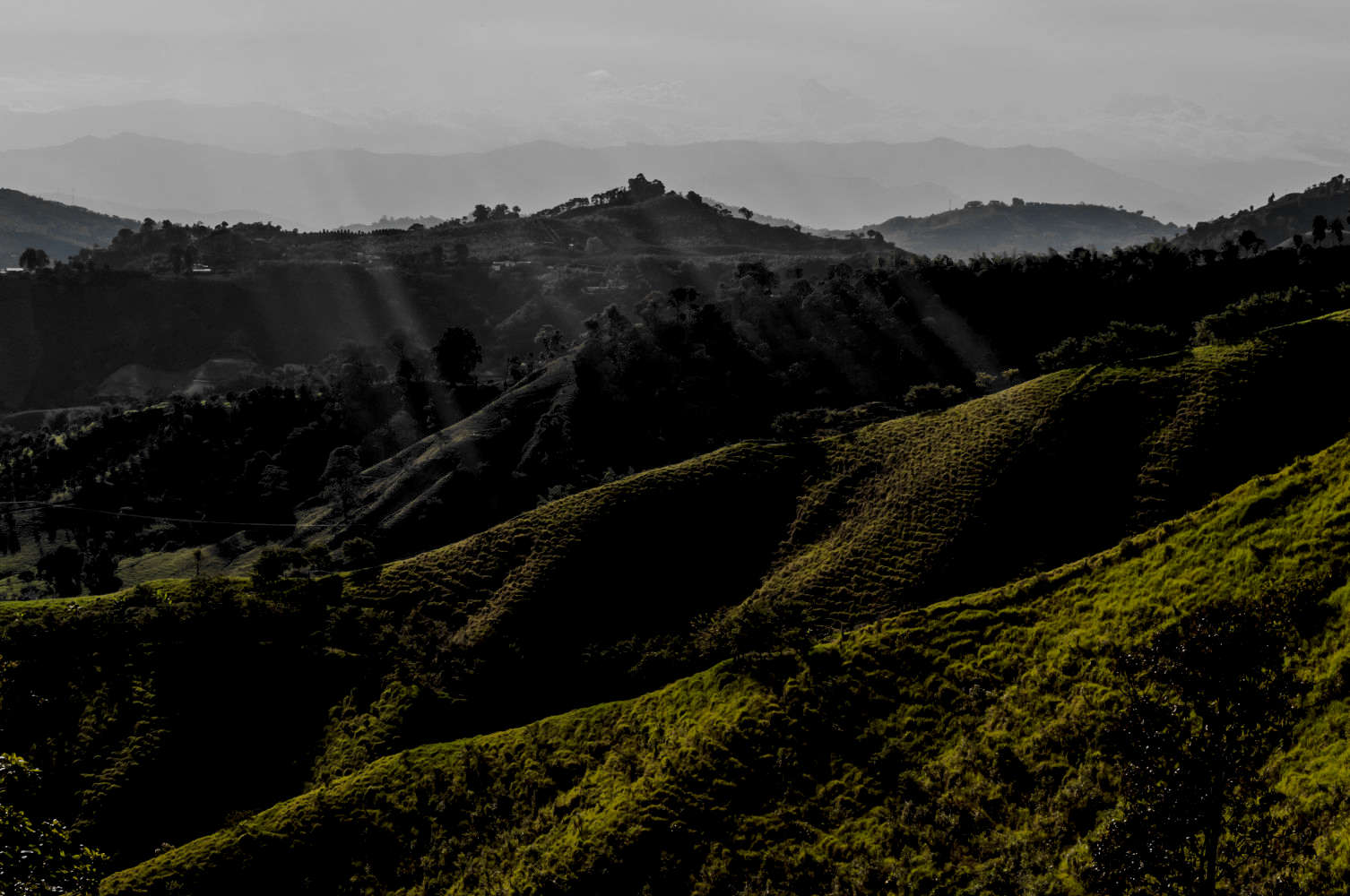
Regions of Cauca
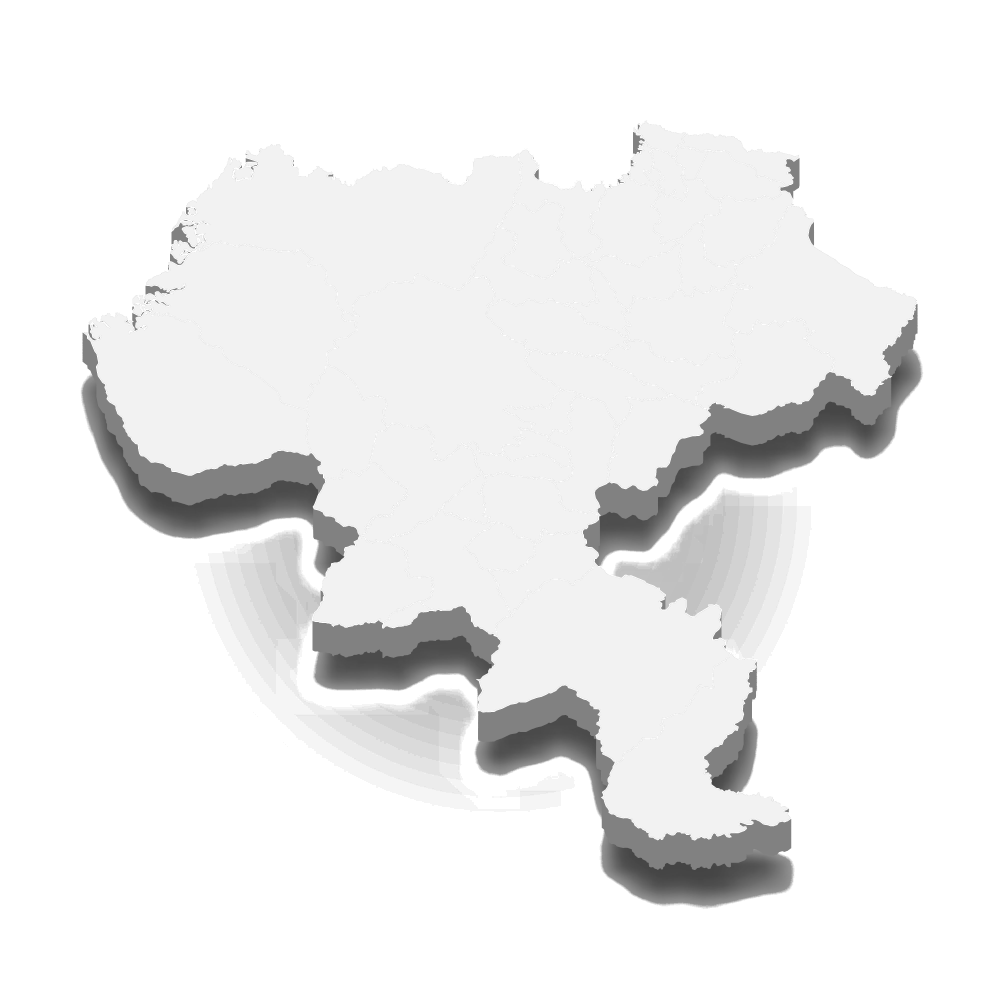
North Cauca: The farms are mainly located in the north mountains of the high height department that include cold temperatures and warm winds from the geographic valley of the Cauca River. Profile: Average body, medium-high acidity. Soft and sweet flavor. Intense aroma.
Center Cauca: Acidity medium/high. Medium body. Notes of caramel and fruits.
East Cauca: This area stands out for its archaeological wealth, which, associated with its agroclimatic conditions, adds a pronounced, sweet fragrance and aroma to coffee, with high acidity, medium body, uniform, balanced, clean cup; with citrus notes.
South Cauca: Like the coffee from east Cauca, it is characterized by high acidity and a medium body with sweet caramel notes and an intense aftertaste.
Back to CaucaBrowse Producers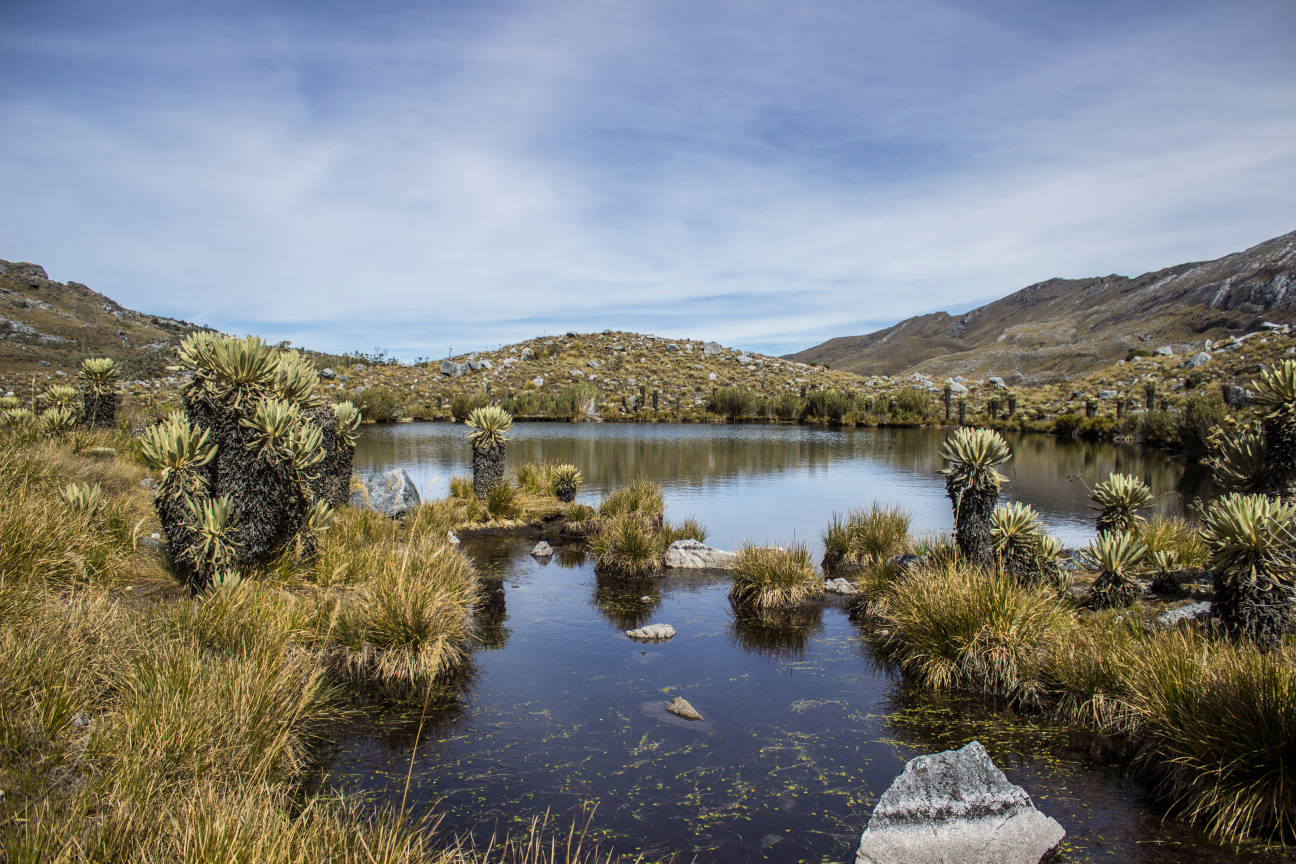
Sierra Nevada
950-1850 masl
Orange, Chocolate, and caramel notes. Medium body & Low acidity.
The Sierra Nevada is the highest coastal range in the tropics. It encompasses about 17,000 km2 (6,600 sq mi) and serves as the source of 36 rivers. It spans the Departments of Magdalena, Cesar and La Guajira.
Back to MapBrowse Producers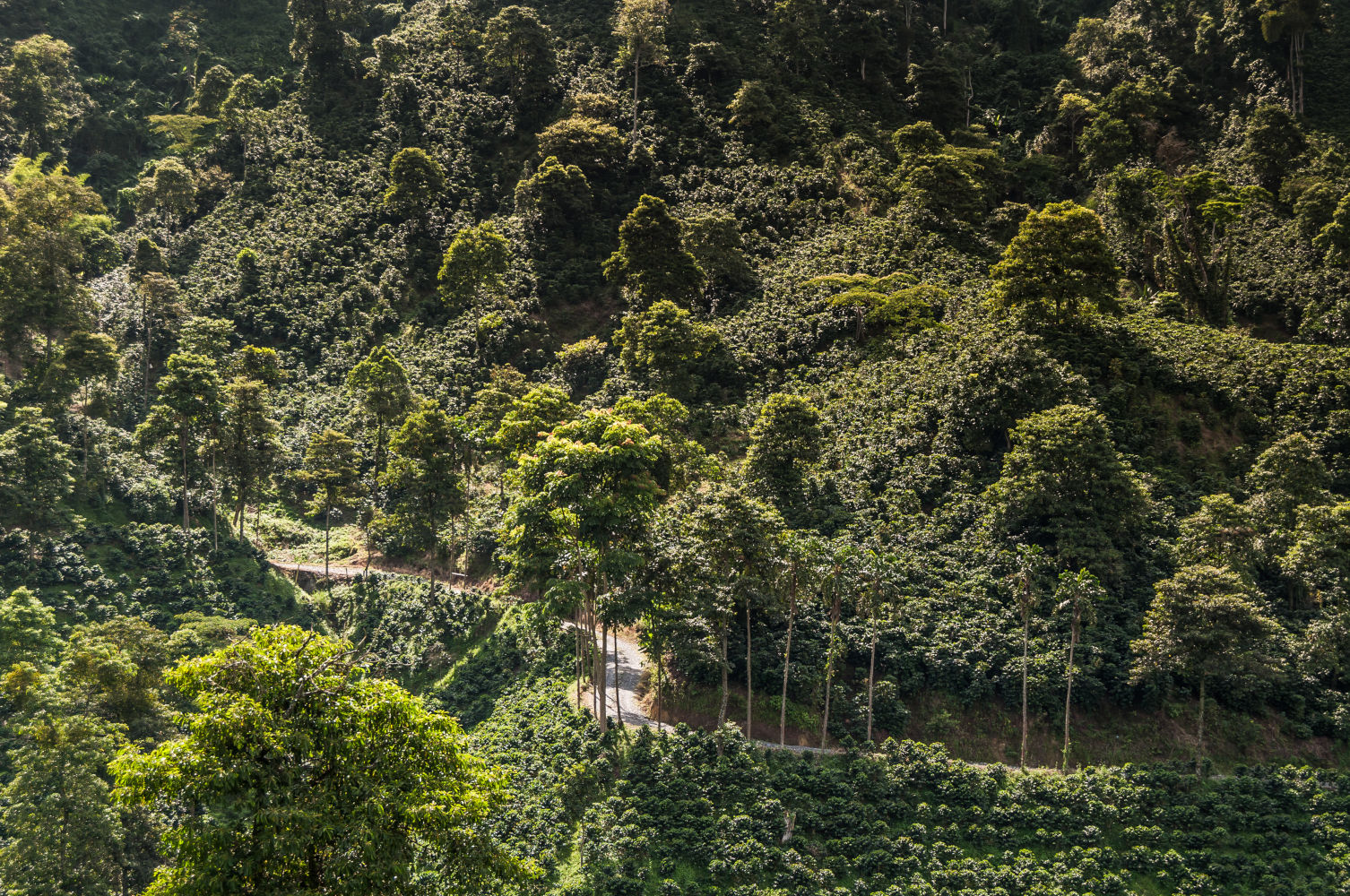
Caldas, Quindío, Risaralda
1200-1850 masl
Average: 23 °C (73.4 °F)
Caturra, Typica, Bourbon, Gesha, SL-28, Catuai, Catimore, Tabi y Colombia.
Juicy acidity and medium body. A display of caramel and sweet notes evolve in the mouth. Notes of grass and sweet cane.
Caldas, along with Risaralda and Quindío make up the coffee zone or Eje Cafetero. There is no region in Colombia that represents more the coffee tradition and aesthetics than this region. Jeeps of all colors full of coffee bags, producers with their poncho and mules carrying all kinds of products are the daily life of this department.
The area is characterized by a tropical equatorial mountain climate governed by two circulations, the intertropical circulation and the valley-mountain-valley circulation.
The mountainous and steeply sloping topography makes the mechanization of labor more difficult, hence more than 95% of the cherries are picked by hand and subsequently selected.
Back to MapBrowse Producers33'600 producers. Average 2.15 ha/producer
72'300 hectares of coffee
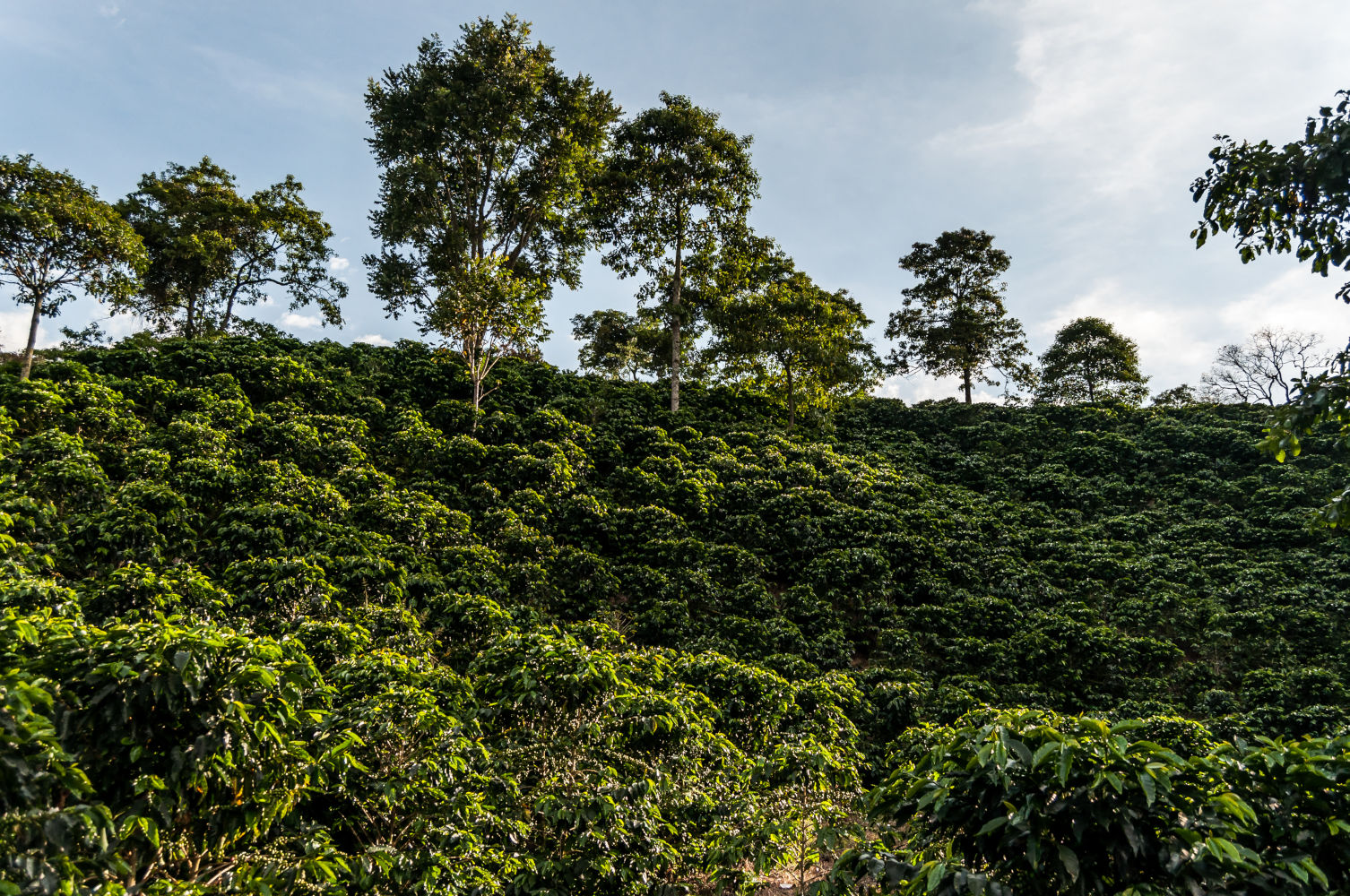
Cundinamarca
37'950 hectares of coffee
31'000 producers. Average 1.2 ha producer
1200-2300 masl
Very diverse profiles. Medium acidity, silky body, herbal and citrus notes, aftertaste of wine or flowers.
Average: 17.8 ºC / 64.1 ºF. Daily swings in 7-24ºC
Rainfall: about 2200 mm of precipitation annually
Cundinamarca is located in the center of Colombia and coffee production is concentrated on the slopes of the eastern mountain range characterized by altitudes of 1,400 to 1,800 meters, annual rainfall of 1,900 - 2,400 mm that decrease from December to February and from June to August, and soils with high volcanic content with a pH of 4.5 to 5.5 of low fertility but highly receptive.
Cundinamarca coffee is internationally recognized as one of the highest quality coffees, as the producers of this region enjoy very favorable agro-climatic conditions for the growth of the fruit and also share the values of conscious consumption and production. In order to achieve this, they preserve ancestral practices of caring for the land and combine it with innovations at the coffee processing level. It is very common to find honeys, natural and fermented coffees in this region.
Back to MapBrowse Producers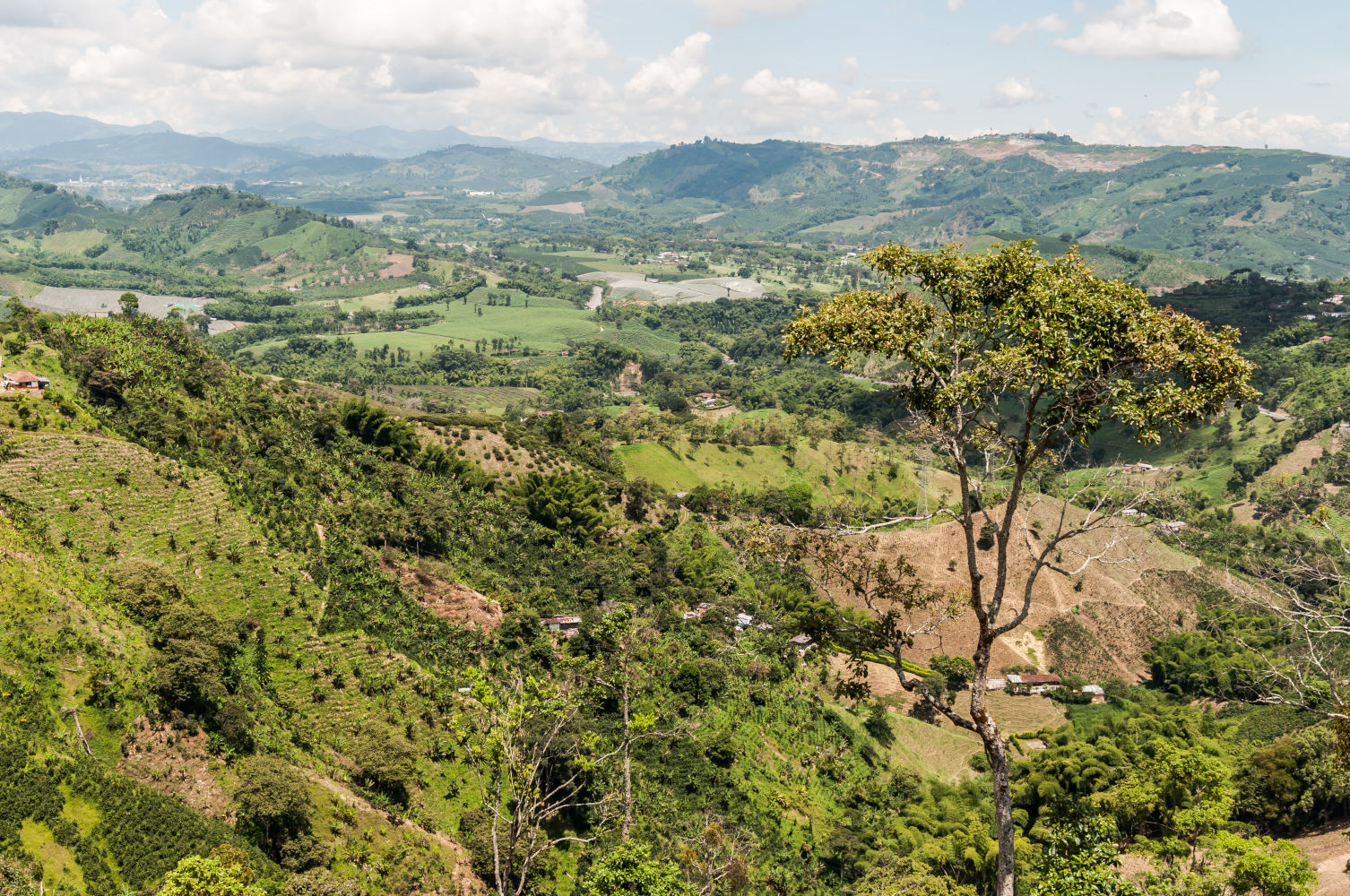
Nariño
1900-2000 masl
Dried fruits and citric notes. High acidity and medium-high body.
Located in the extreme southwest of the country, this department is an obligatory destination for those who want to know the coffee region of Colombia. Due to its diverse geography, it enjoys various climates depending on the altitude: from the heat of the Pacific plain to the cold of the most mountainous part, touring Nariño is perfect for discovering the diversity of an entire country.
It is an area of little precipitation where the land has a high content of nitrogen, phosphorus, potassium, magnesium, boron, zinc and sulfur, with a lot of organic matter that decomposes slowly. The high fertility is due to the amount of content of organic material, of volcanic origin, that the area offers. It has the best particular conditions for growing coffee, in terms of water availability, temperature, solar radiation and wind regime. High altitudes and low temperatures force the plant to conserve its sugars.
Back to MapBrowse Producers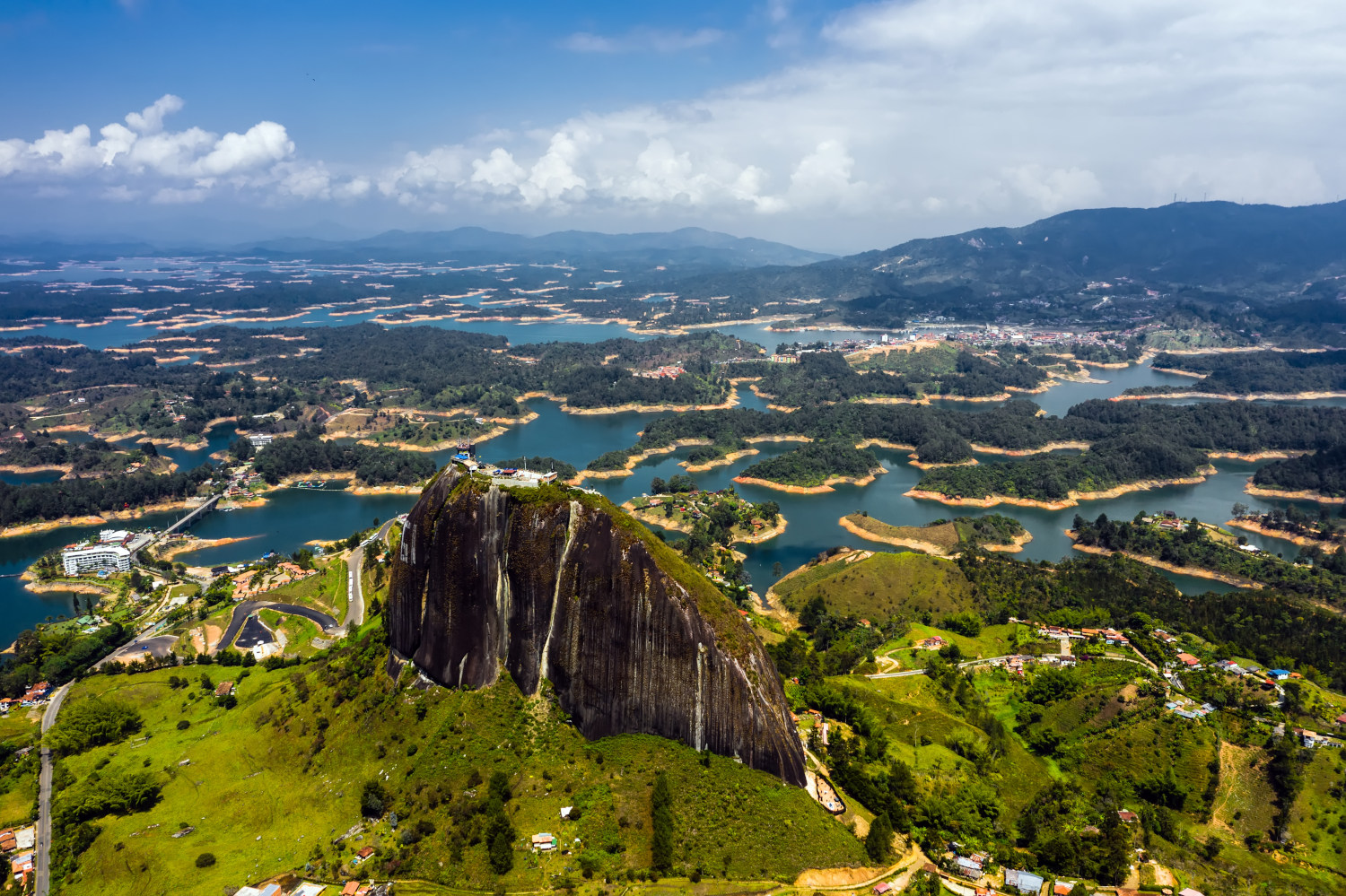
Antioquia
1490-1940 masl
Farm slopes higher than 75%
Annual rainfall: 2110- 2470 mm
21 ºC - 34 ºC
This region is characterized by having a temperate, predominantly humid and very rainy climate. Summers are short and very hot, and winters are temperate. During the course of the year, the temperature generally varies from 23 ° C to 32 ° C and rarely drops below 21 ° C or rises above 34 ° C, which represents an excellent temperature range for the ripening of the cherries throughout the year.
The soils of the farms of Antioquia have normally stable and moderately deep soils that confer medium natural fertility. These farms are also characterized by slopes greater than 75% and for this reason almost 100% of the coffee is harvested by hand.
Back to MapBrowse Producers